In our fast-paced world, where technology makes it possible to connect with someone across the globe in seconds, it’s easy to feel like we’re losing something precious at home. In Canada, the traditions that once knit neighborhoods together and connected us to our shared roots are slowly fading. These customs are being replaced by modern conveniences and digital chatter.
Let’s take a look at the 25 Canadian traditions that are being lost to modern life.
Neighborhood Outdoor Ice Hockey
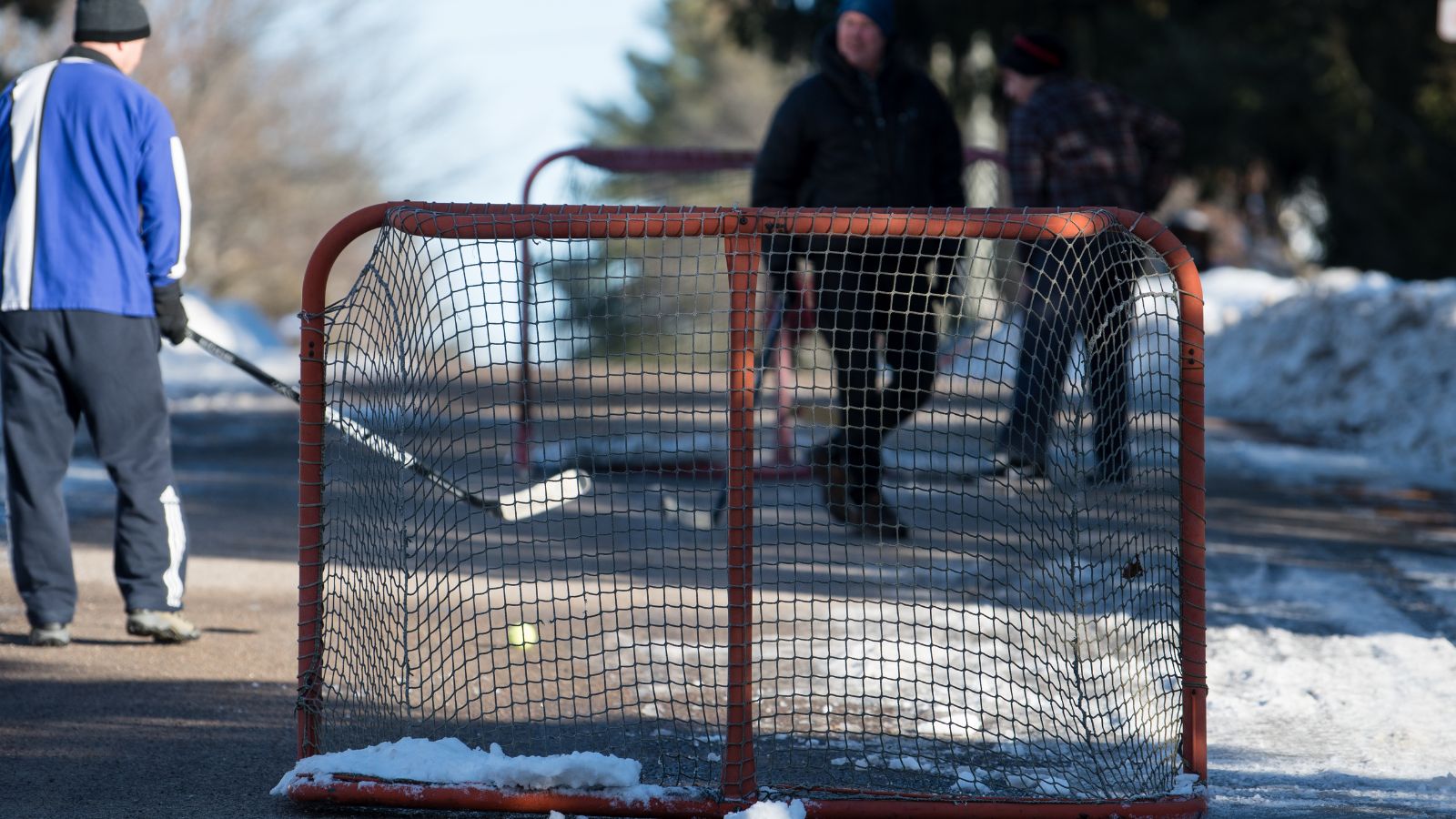
Remember those early winter mornings when everything seemed magical? Every frozen pond in the neighborhood could turn into a skating rink. Playing outdoor ice hockey was more than just a game; it brought laughter, the sound of sticks clashing, and a sense of community. Kids and adults bundled up against the cold, enjoying games that lasted long into the evening. Today, urban development and safety concerns have made it impossible to play on those frozen ponds.
Curling Club Gatherings

There’s something uniquely comforting about spending a chilly evening in the warm glow of a curling club. The sport demanded patience and conversation, two things that brought people together. In those cozy clubs, people didn’t just slide stones; they exchanged life stories, family news, and hearty laughter over shared cups of cocoa. In today’s fast-paced and digital lifestyle, fewer people find the time to savor these gentle, community-filled nights at the club.
Community Winter Festivals

Winter festivals were a highlight of the year in many small towns across Canada. These were celebrations of winter and the shared experience of coming together in the face of long, harsh weather. Although some of these festivals still happen, the modern world has changed their character. Nowadays, these festivals have become commercialized events managed by corporate schedules rather than the heartfelt, spontaneous celebrations of local residents.
Maple Syrup Harvest Ritual

Every spring in parts of Quebec and Ontario, families would gather around ancient maple trees. Tapping the trees, collecting sap, and gathering around old wood-fired stoves to watch that precious liquid change into sweet syrup. It was much more than a seasonal task. It was a shared, almost sacred ritual where nature and family joined forces. Today, while the maple syrup still flows, the art of harvesting it by hand, along with the communal joy, is becoming a relic of a time.
Traditional Campfire Stories and Tales
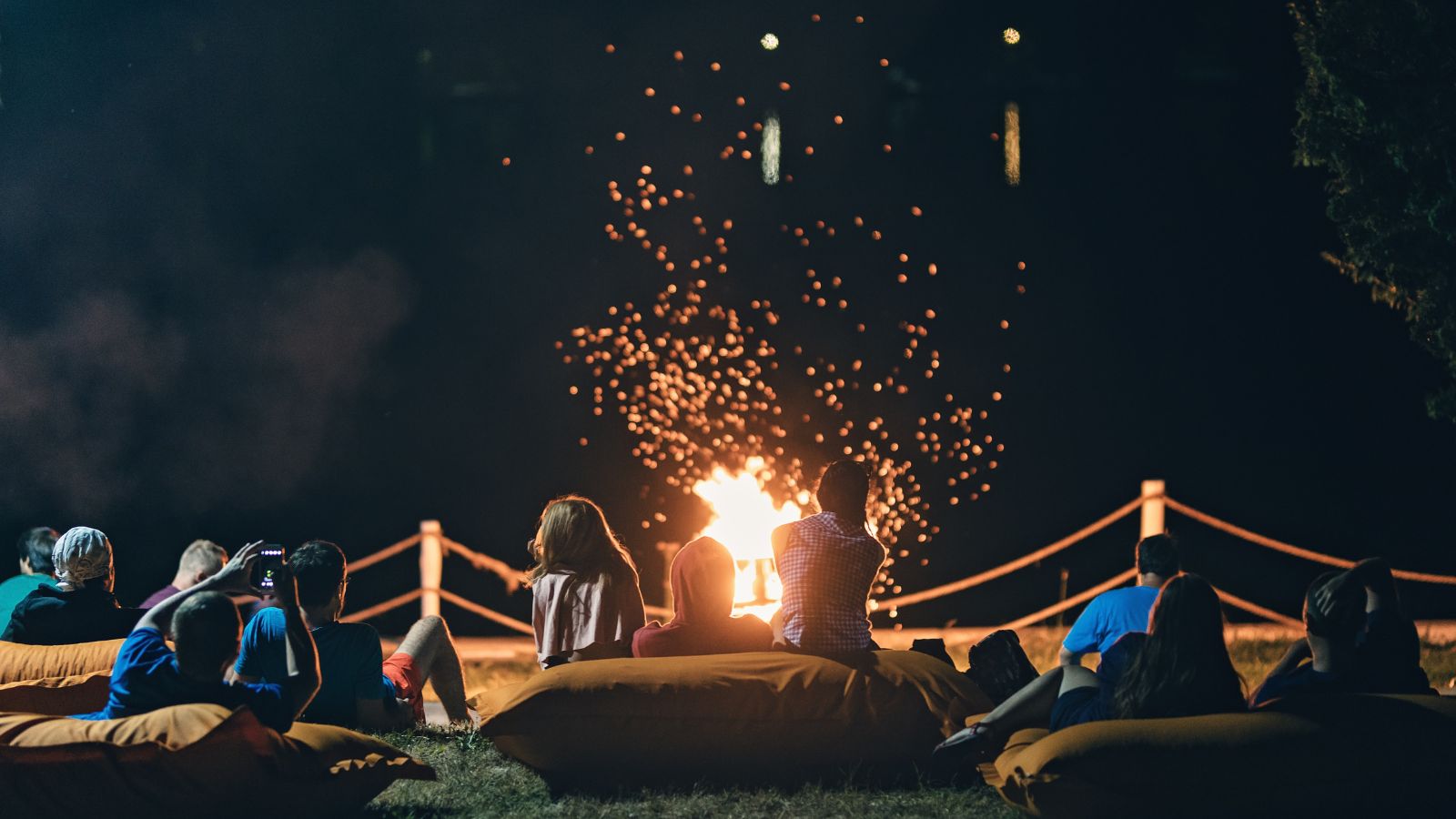
There was magic in the crackle of a campfire long before we had binge-watchable series and endless online clips to keep our evenings busy. Parents and elders would share stories rich in local lore and family history while sitting under a starry sky. It wasn’t just entertainment. It was a way to pass down wisdom, to learn about where you came from, and to feel a sense of belonging. Today, many of us trade deep conversations by firelight for the rapid pace of digital content. A shift that leaves the warm, reflective moments of storytelling as something nostalgic and slowly disappearing.
Indigenous Ceremonial Practices

The traditions of Canada’s Indigenous peoples are some of the most ancient and enduring. Their ceremonies, like a mix of dance, song, storytelling, and ritual, connect the past with the present and honor the land with every step. These practices aren’t just cultural events. They are living traditions that carry the weight of thousands of years. Yet, modern pressures and past policies of assimilation have put these practices in peril. At the same time, many Indigenous communities are fighting hard to keep these ceremonies alive. However, the threat of modern homogenization continues to change them in subtle, sometimes heartbreaking ways.
Country Fairs and Agricultural Exhibitions
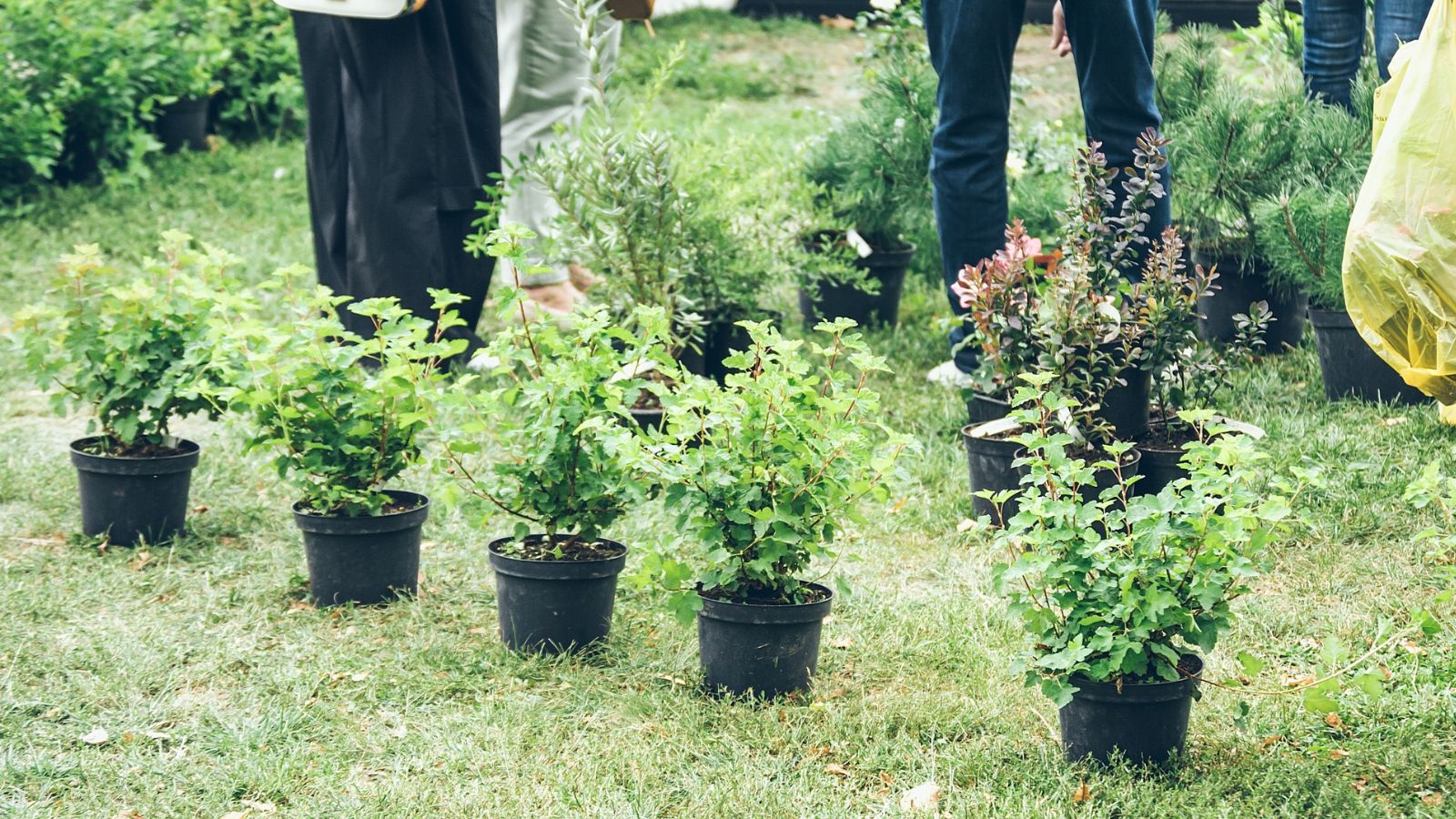
Once, country fairs were the centerpiece of rural life. They showcased farmers’ finest produce, crafts, and livestock. These fairs were a celebration of working the land, a chance to connect with where our food and heritage came from. Now, as the agriculture industry shifts towards large-scale production and efficiency, many of these cherished events have transformed into commercial spectacles. The intimate, community-driven charm is lost amid the buzz of modern marketing and organized events.
Local Radio and Community Newspapers

Local radio and community newspapers were the heartbeat of small towns before the digital age. They provided more than news. They offered updates about neighbors, shared local triumphs and losses, and created a platform for voices you might never have met otherwise. Today, as we scroll through endless online feeds, much of that authentic, local connection has been replaced by a global, impersonal digital network.
Handcrafted Traditions
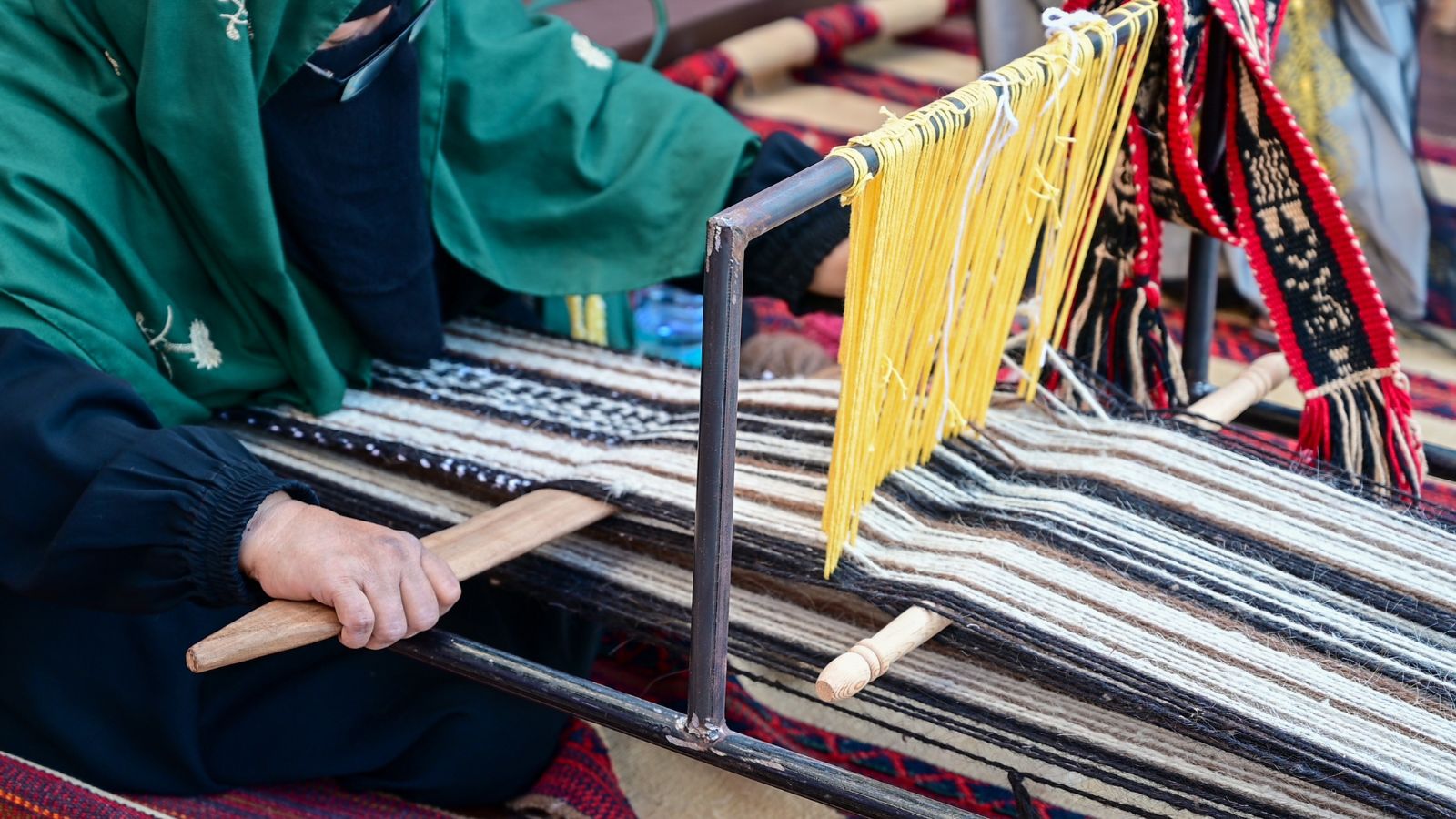
Handmade crafts like wood carving, quilting, and pottery once symbolized the care and time invested in something precious. These artistic traditions were about functional items and expressions of a personal touch and familial history. With the rise of mass production and global trends, fewer people learn these unique skills through family or community mentors.
Traditional Family Dinners

For countless families, the dinner table was where everyone gathered to share more than just food. It was a time to connect, to learn about each other’s day, and to create memories that would last a lifetime. Today’s hectic schedules filled with work, school, and technology have made sitting down together for a long, home-cooked meal a rare and treasured occasion.
Backyard Barbecues and Community Picnics

Neighbors would gather in the warm evenings, sharing good food, stories, and laughter under the open sky. As our lives become increasingly structured by work and social interactions shift online, these spontaneous outdoor gatherings have become less frequent. The cherished aroma of sizzling food mingled with lively conversation is now something recalled with bittersweet longing.
Local Sports Days and Community Leagues
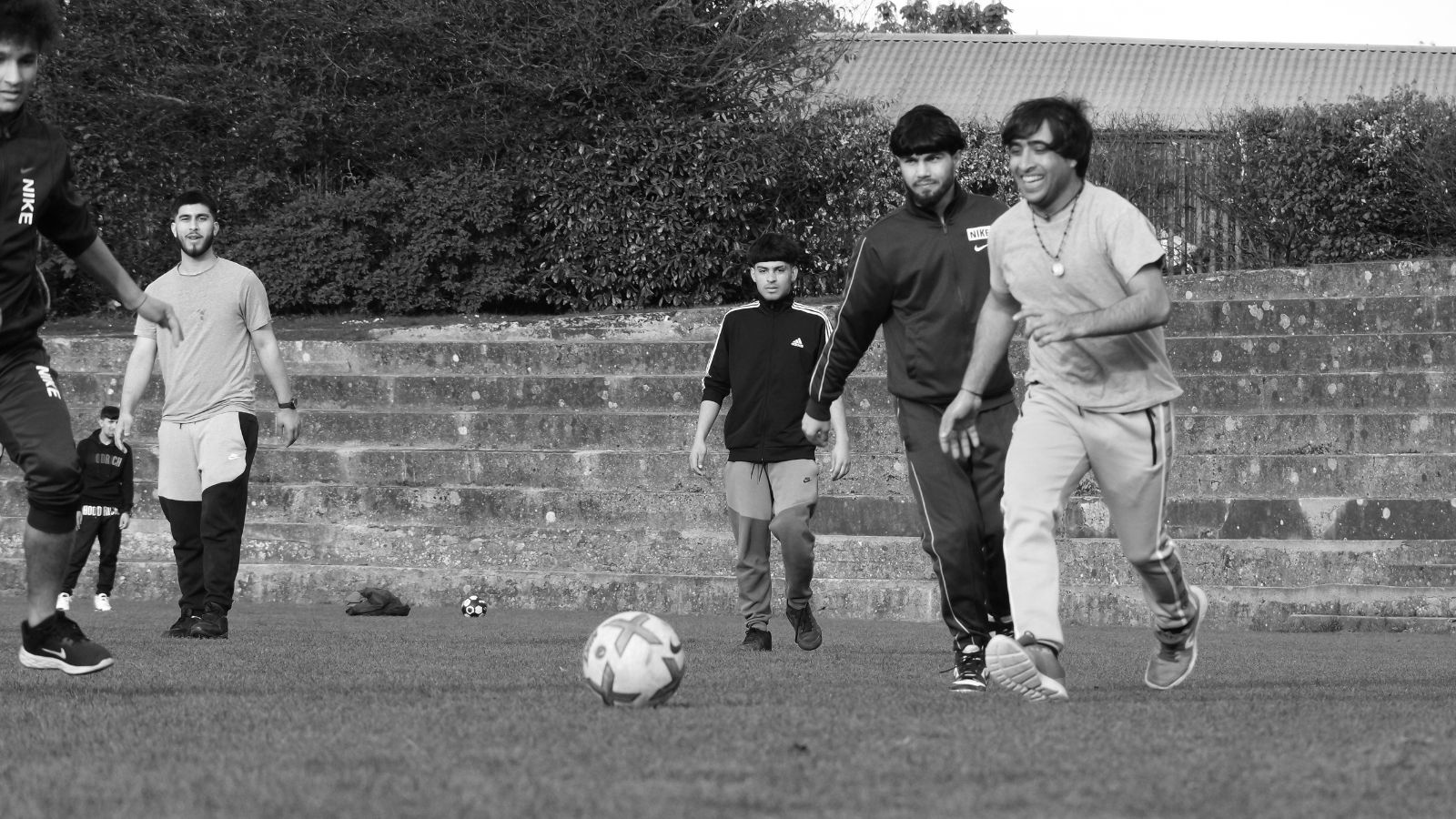
Community sports events, like softball matches and local races, create pride among participants and celebrate community spirit. However, as sports become more commercialized and professional leagues gain popularity, local tournaments have lost their sense of community.
Bilingual Heritage in Everyday Life
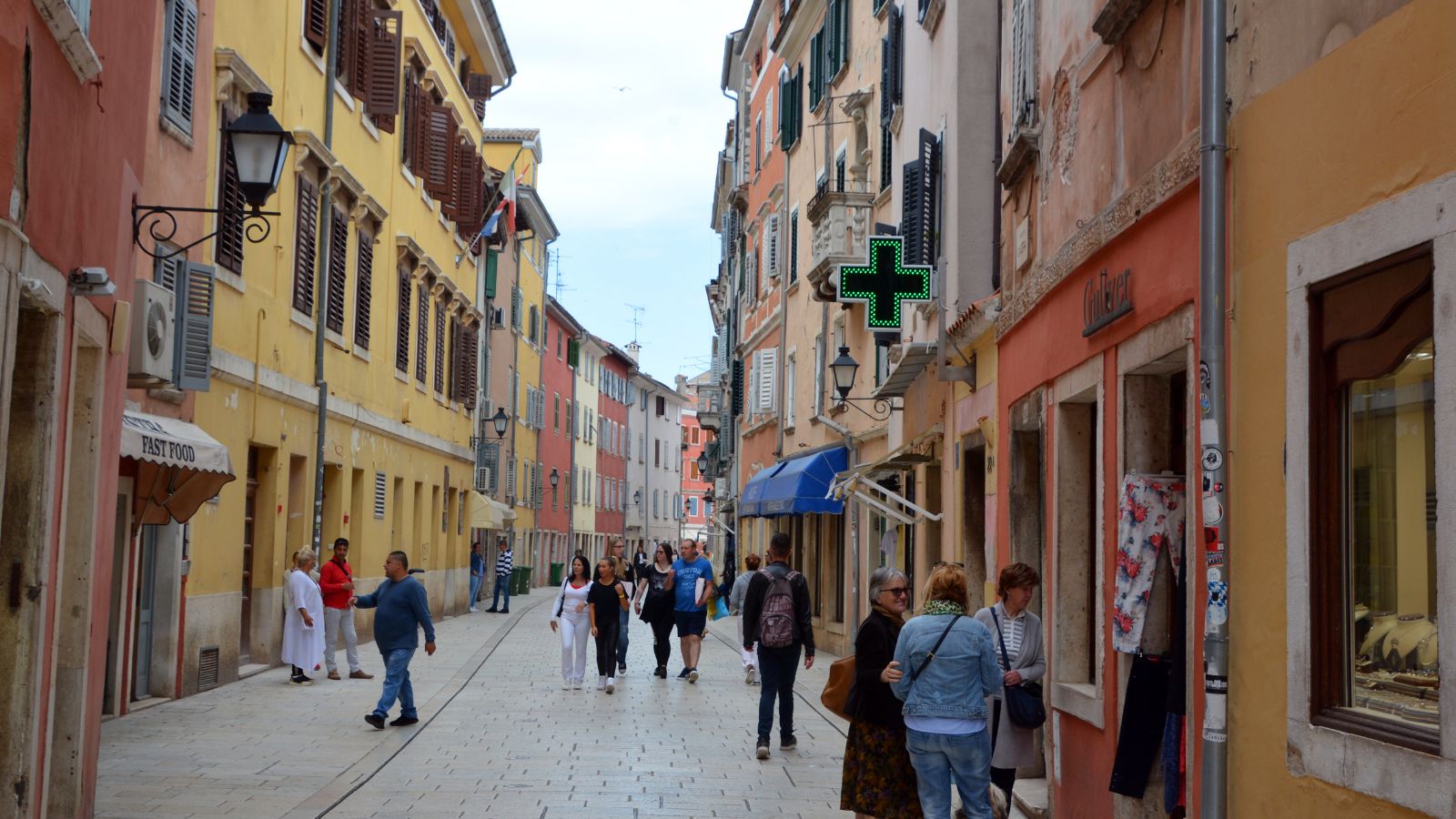
Canada’s bilingual nature used to shine through in everyday life. Street signs, everyday conversation, and even the local radio broadcast in French and English. This blend of languages was a unique testament to Canada’s rich cultural fabric. However, in our increasingly cosmopolitan urban centers, where a myriad of languages mix, that fluid bilingual tradition gets lost. The soft, everyday exchanges in two languages, once a subtle but unifying thread, is now one among many voices in our diverse society.
Street Parades and Community Marches
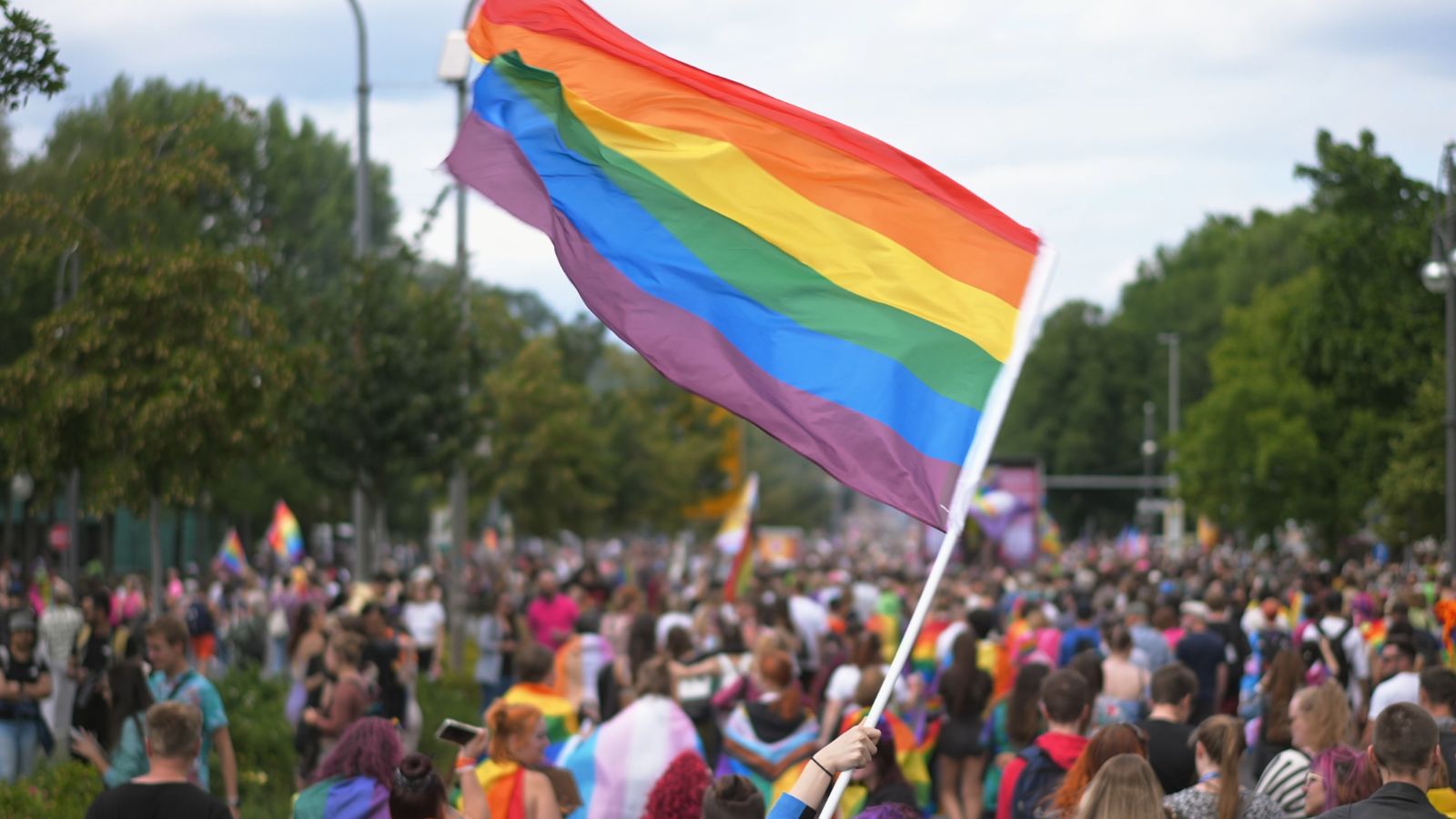
There’s a special kind of magic in watching your neighborhood come alive during a local parade or march. These events were more than just a festive display. They were a way to remember the past and celebrate the present together. The energy of the community, the bright costumes, and the shared pride in the event’s significance created memories that lasted a lifetime. Today, as corporate sponsorship and large-scale televised events dominate the scene, many humble street parades have lost some of their spontaneous, grassroots flavor.
Local Craft and Artisan Markets
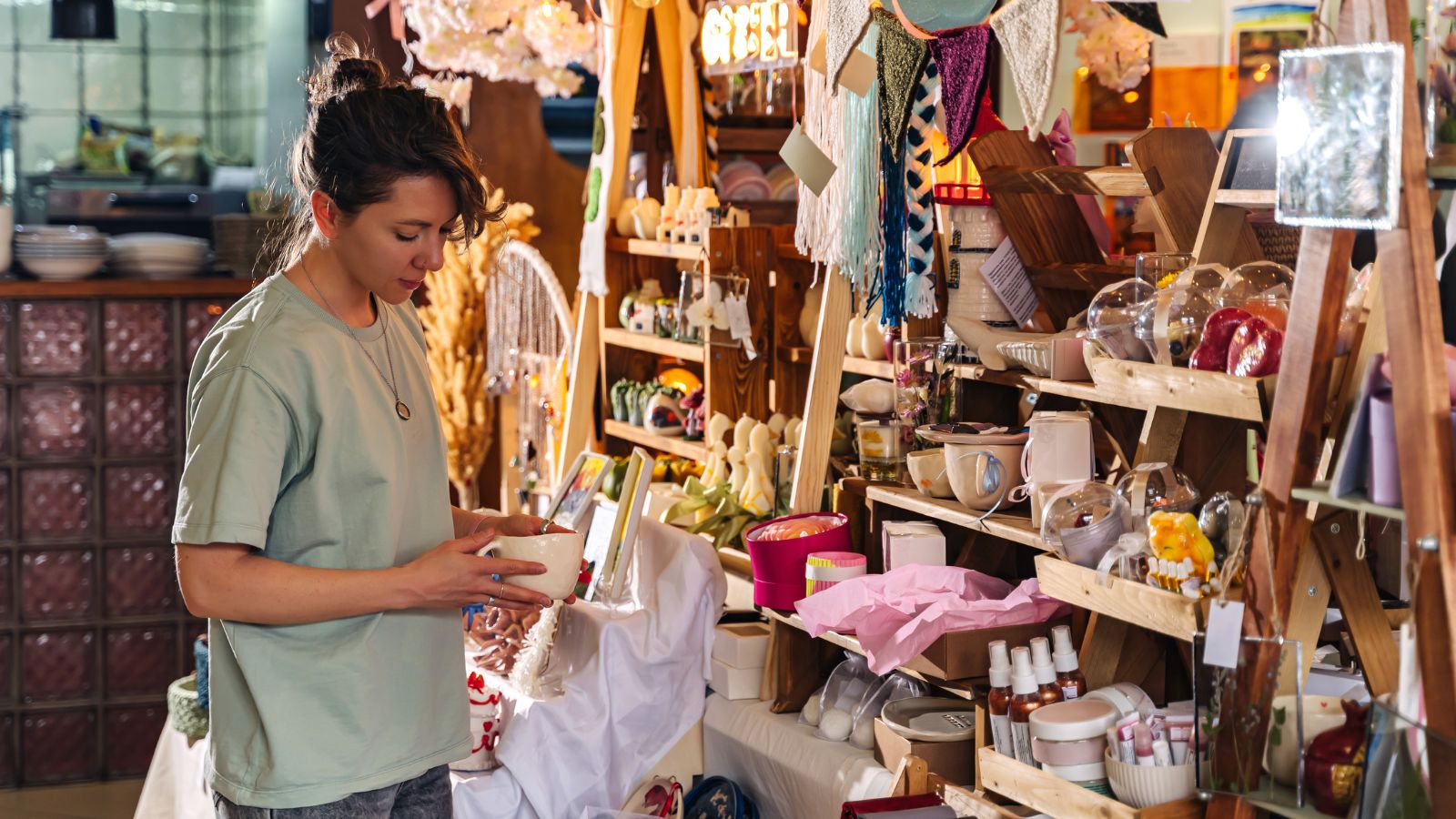
At local craft markets, every item for sale told a story. These markets weren’t just about buying and selling. They were about community conversations, behind-the-scenes tours of an artisan’s creative process, and a feeling that each product was made with care. In the age of global e-commerce, while some markets still thrive, the personal interaction between maker and buyer is lost.
Traditional Folk Music and Dance
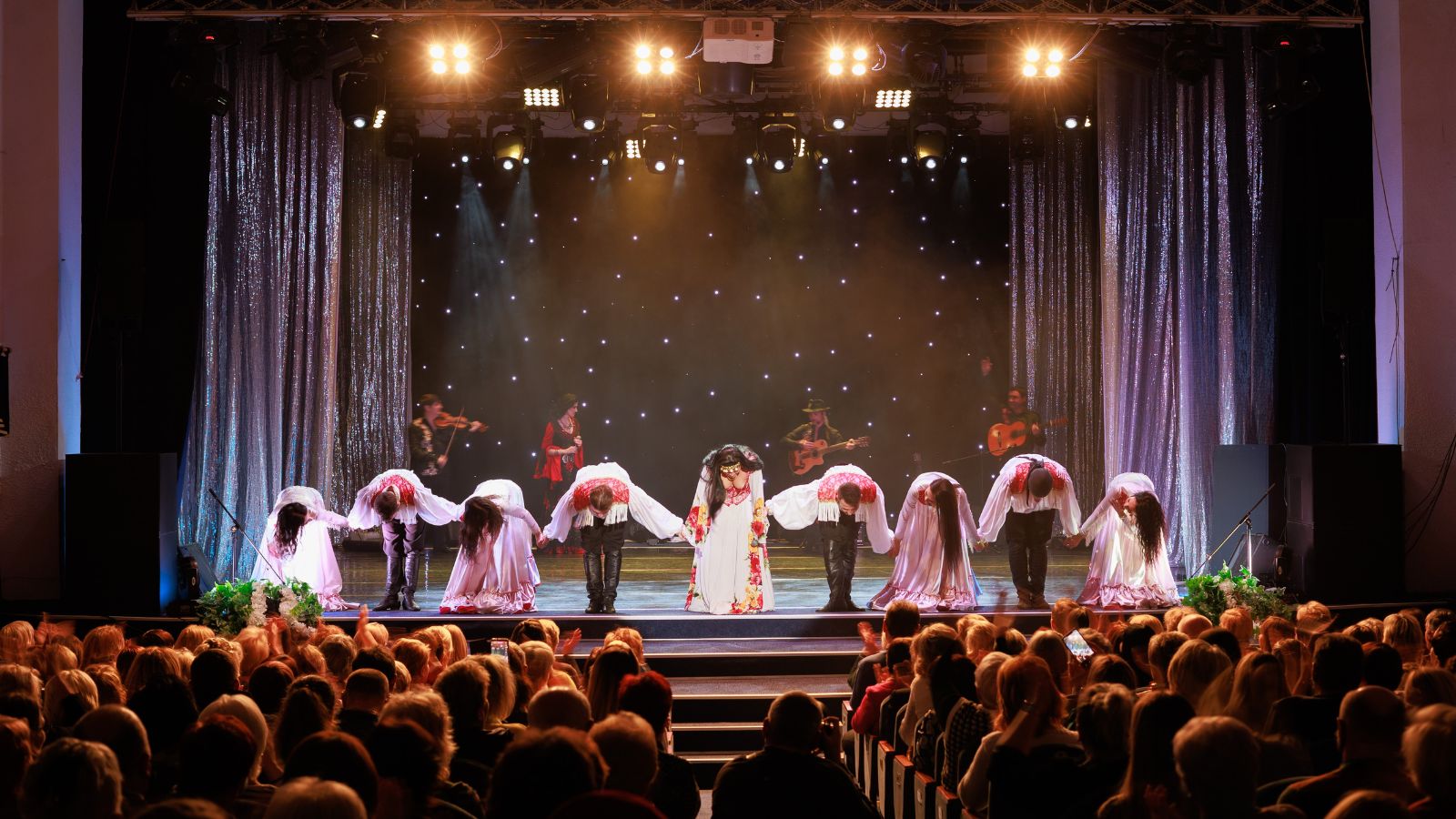
Folk music and dance have always been a soul-stirring part of Canada’s cultural landscape. Whether it was the foot-tapping rhythms of a barn dance or the soft melodies of a local folk band, these traditions told the story of a people’s struggles, joys, and the simple pleasures of life. Although there are still passionate folk festivals and gatherings, the dominant beats of modern pop and digital media sometimes drown out these softer, traditional tunes.
Seasonal Outdoor Traditions
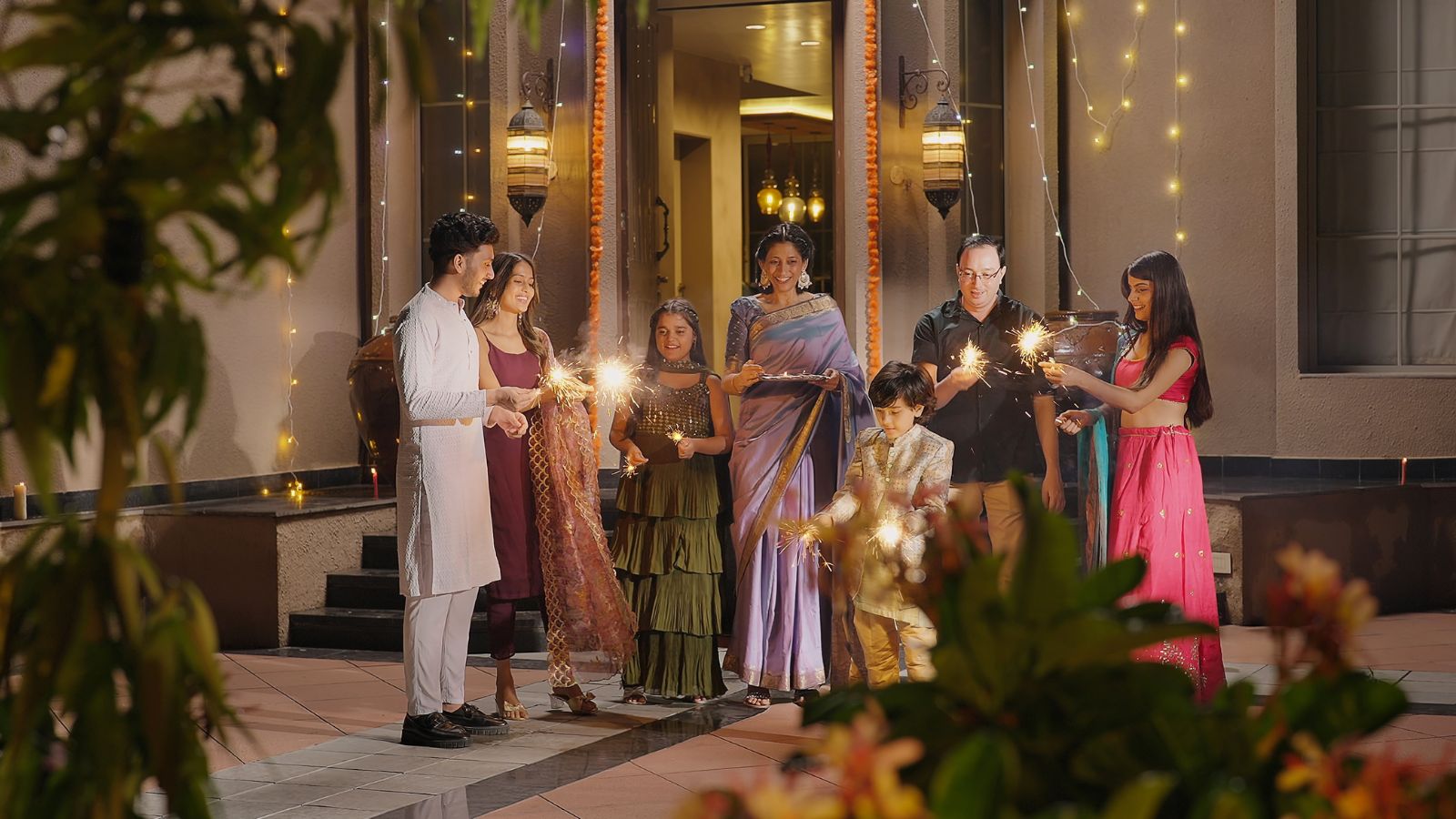
Canada’s natural beauty is woven into its seasonal celebrations. From the explosion of color during autumn harvests to the joy of spring tulip festivals, each season is used to bring a unique celebration of nature’s gifts. However, modern comforts and indoor entertainment have shifted our attention away from these outdoor traditions.
Ice Road Trucking Lore and Local Legends

Ice road trucking was a way of life that embodied rugged determination and a daring romance with nature for many in Canada’s remote regions. The incredible stories of drivers braving frozen landscapes and battling the elements with fierce determination were part of a local folklore that embodied the spirit of survival and adventure. However, with improved technology and better road maintenance, much of that wild edge has been smoothed out. The legends may now live on mostly in family anecdotes and local memories.
The “Sorry” Culture

You can’t talk about Canada without mentioning the gentle, almost timeless art of saying “sorry.” That understated apology carries more than just politeness. It’s a nod to empathy, respect, and the shared understanding that we all make mistakes. Even so, in today’s rapid-fire digital communications, the careful, genuine nature of a heartfelt apology risks being overshadowed by hastily typed messages.
Traditional Outdoor Recreation in Nature
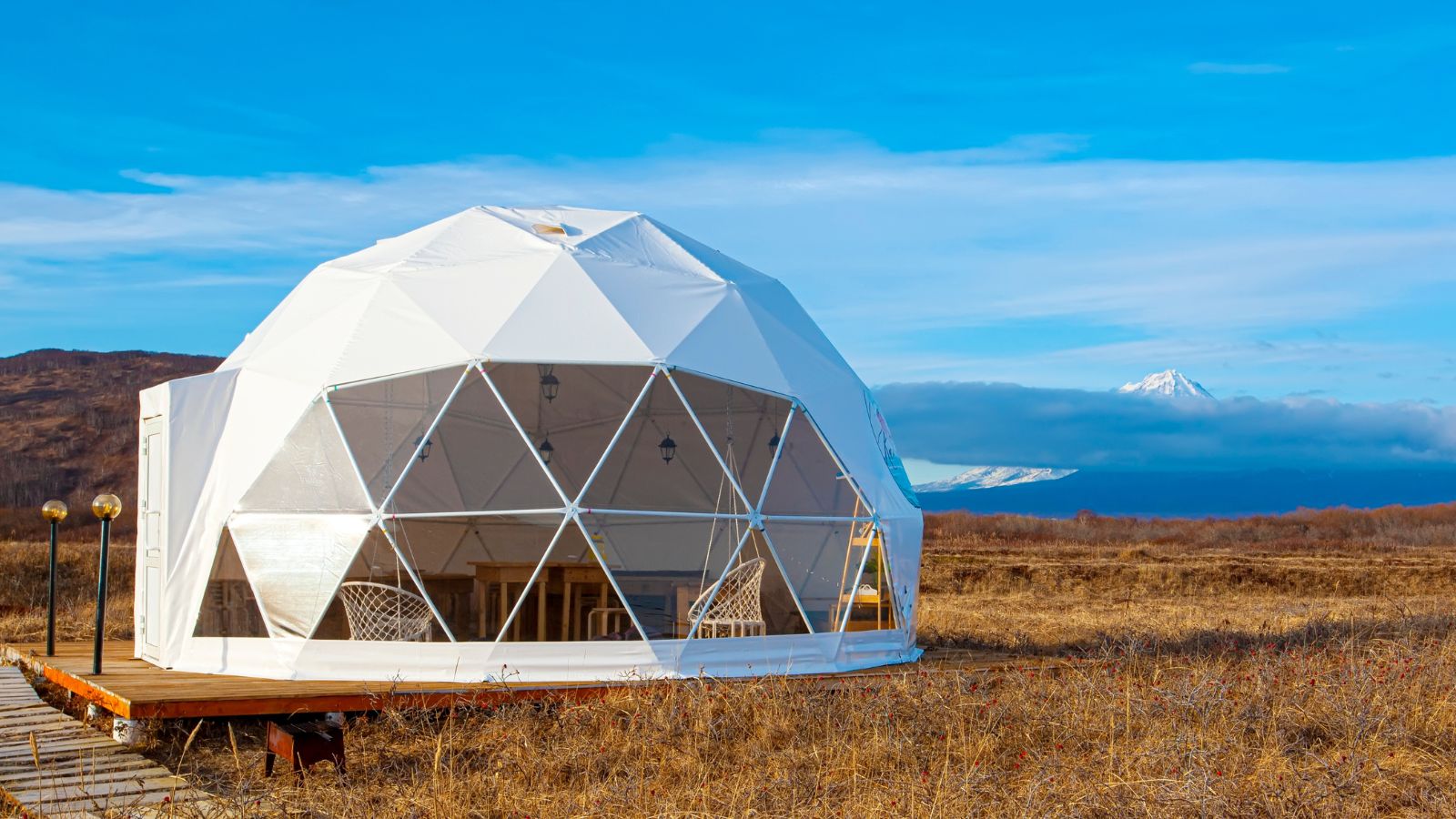
Think back to weekends spent canoeing on a peaceful lake, hiking rugged trails, or camping under the stars. These outdoor experiences allowed us to unplug and connect with nature. Today, urban expansion, climate change, and safety regulations restrict our access to these natural retreats.
Local Indigenous Languages and Dialects
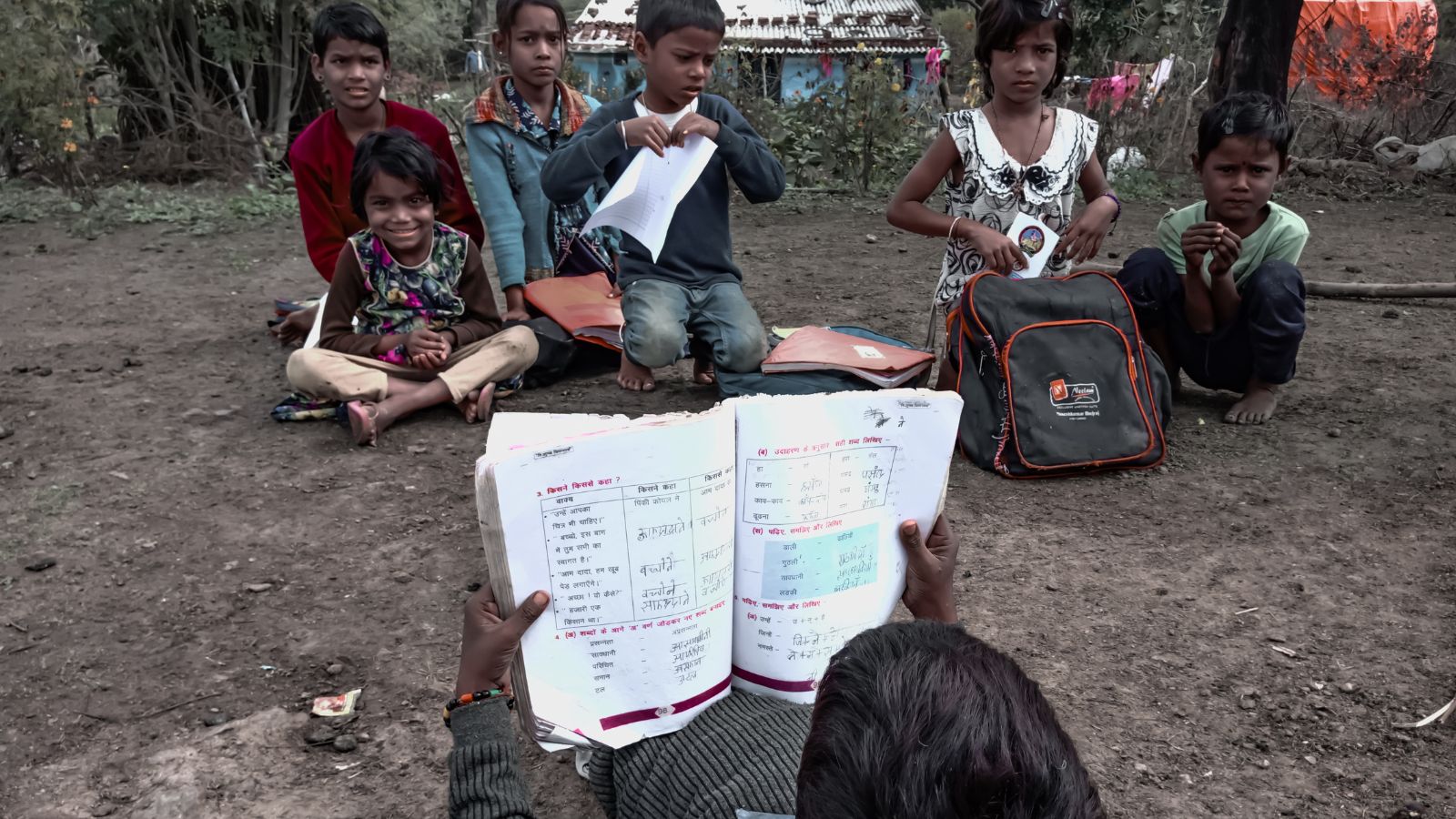
At the heart of Canada’s cultural heritage are the Indigenous languages that have echoed through the generations. These languages aren’t just words; they’re containers of history, philosophy, and a deep connection to the land. They were spoken daily in communities and carried generations of wisdom for centuries. Unfortunately, the pressures of modern society have made it ever more challenging for these rich dialects to survive.
Crafting and Preserving Family Recipes
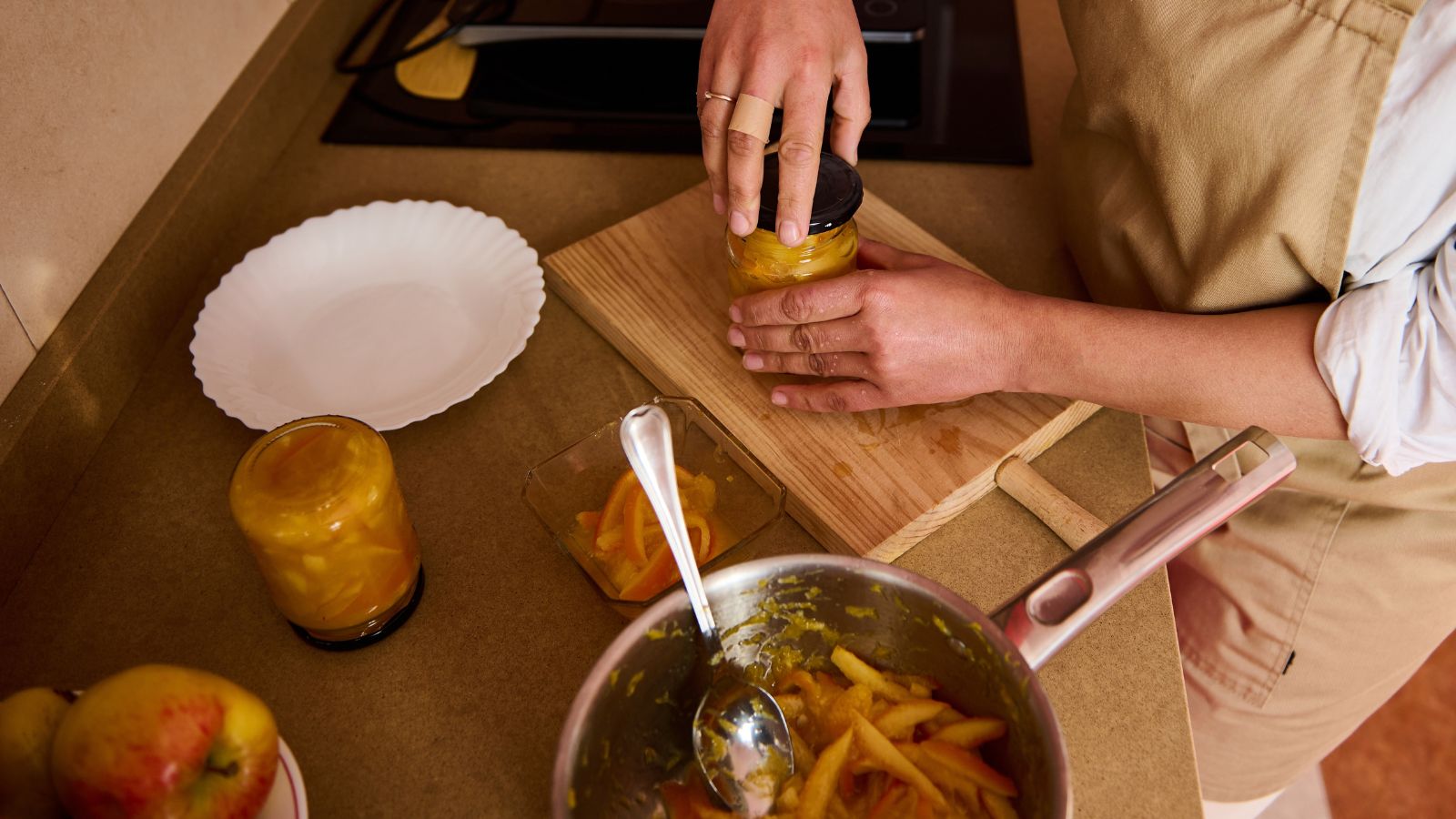
There’s nothing quite like the warmth of a family kitchen, where recipes have been handed down like cherished heirlooms. Whether it’s the comforting aroma of bannock baking in the oven, the irresistible sweetness of butter tarts, or the iconic delight of Nanaimo bars, these recipes are more than instructions. They are stories of love, tradition, and time spent together. However, in our fast-food age, gathering around the stove to prepare a meal from scratch has become rare. Yet, many families continue to cherish these moments.
Seasonal Gardening and Local Produce Traditions

There was a time when pulling weeds and tending to a garden wasn’t just about growing food. It was about honoring the cycle of the seasons and feeling in sync with nature’s rhythms. Community gardens and backyard plots were spaces of connection with our food, neighbors, and the earth itself. In today’s world, where convenience outweighs self-sufficiency, that intimate relationship with the land feels like a relic of a simpler time.
Neighborhood Community Hubs
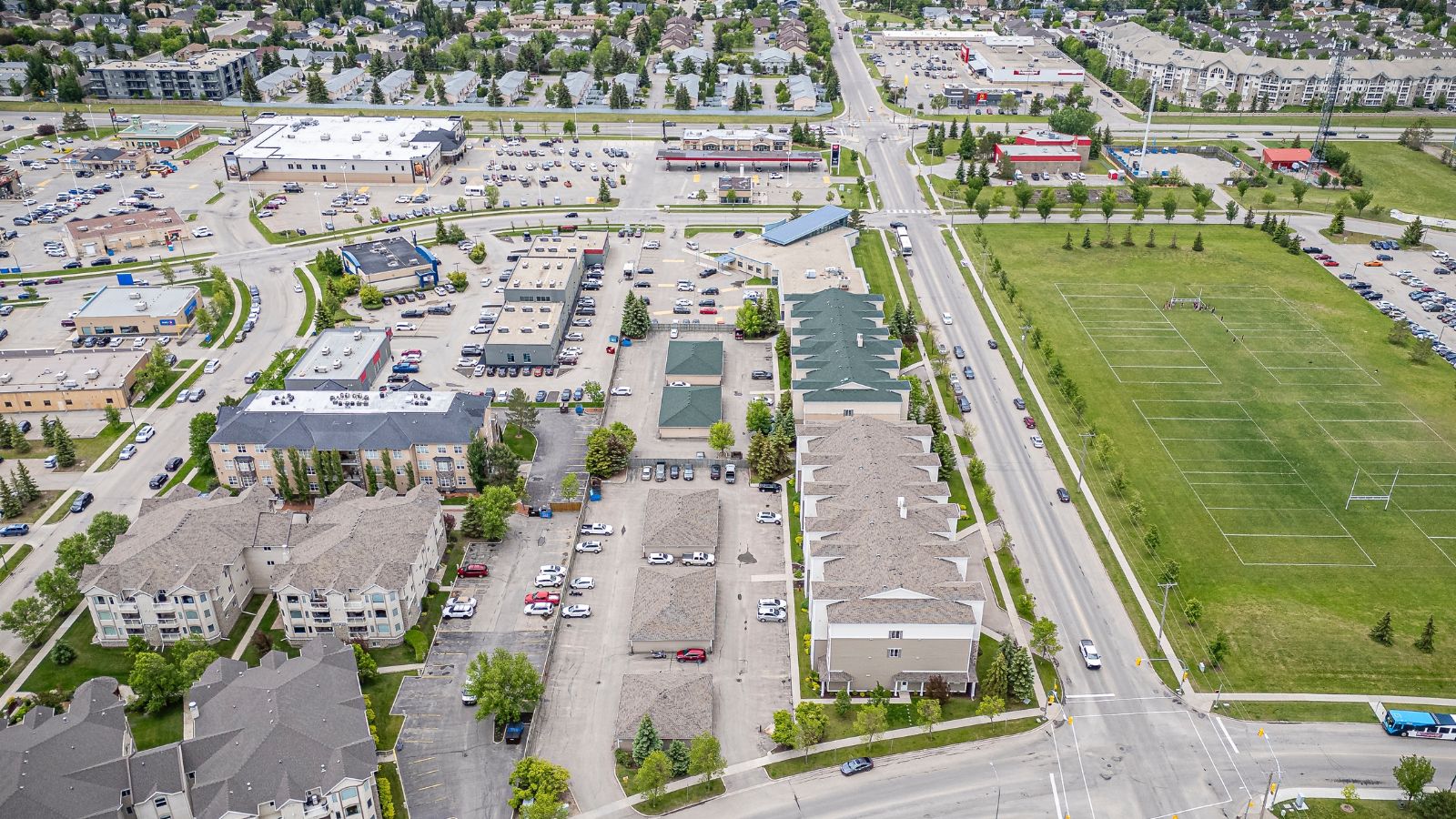
Remember your favorite local diner or that cozy coffee shop where everyone knew your name? These places were the heart of our neighborhoods, fostering friendships through shared experiences and genuine conversations. Unfortunately, large chains and digital communications are replacing these personal spaces, raising questions about the future of face-to-face interactions in our digital age.
The Art of Handwritten Communication

In a fast-paced world of instant communication, handwritten notes remain deeply personal. Each word on paper reflects thought, intention, and time, a form of connection that no emoji can replace. For many, writing and sending a letter is still a meaningful way to connect with others.
Conclusion

Modern life has brought us many conveniences and new ideas, but it has also changed our daily habits. We shouldn’t reject progress, but we should remember to include some of the slow, thoughtful traditions from the past in our modern lives.
22 Times Canadian Ingenuity Left the U.S. in the Dust

When people think of innovation, they often picture Silicon Valley. However, Canada has a history of innovation, too. Whether it’s redefining sports, revolutionizing medicine, or just showing America up at its own game, Canadian inventors, thinkers, and dreamers have had their fair share of mic-drop moments. Here are 22 times Canadian ingenuity left the U.S. in the dust.
22 Times Canadian Ingenuity Left the U.S. in the Dust
